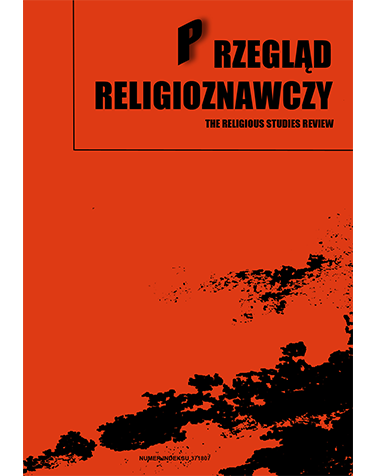Comparative studies of religion: questions of the epistemological status of basic concepts
Keywords:
religion, art, violence, autonomy of religion, inconclusiveness of knowledgeAbstract
In the colloquial mood, viewing works on religious subjects in the museum belongs to secular behaviors. Watching them in churches, shrines, temples, houses of a religious shrine belongs to religious behavior. It is worth questioning this assumption. You can feel the sanctity in the gallery and the beauty in the church. All you have to do is enter the gallery or the church. Just what? Do religions reveal their meanings in the acts of their performances? Just like works of art ? Like writing an icon ? This is - the oldest position in the history of knowledge about religions. Repeatedly undertaken in its latest versions, historical hermeneutics, critical theories, in comparative religious studies, also in the sociology of religion based on the assumptions of critical realism and relationalist sociology. It is worth to ask about their detailed configurations and epistemological status. The questions are aimed at linking religion and art, religion and politics, religion and social structure, religion and any other form of collective life. Structural complications of religious connections with other forms change its social status, its significance, authority, functions. The historical variability of religion puts formal conditions in its structural contexts. Religions to a different extent formalize relations with other areas of social life, contextualize them and, in a sense, negotiate their stability and potential for change. These are the main thesis s of this article.
